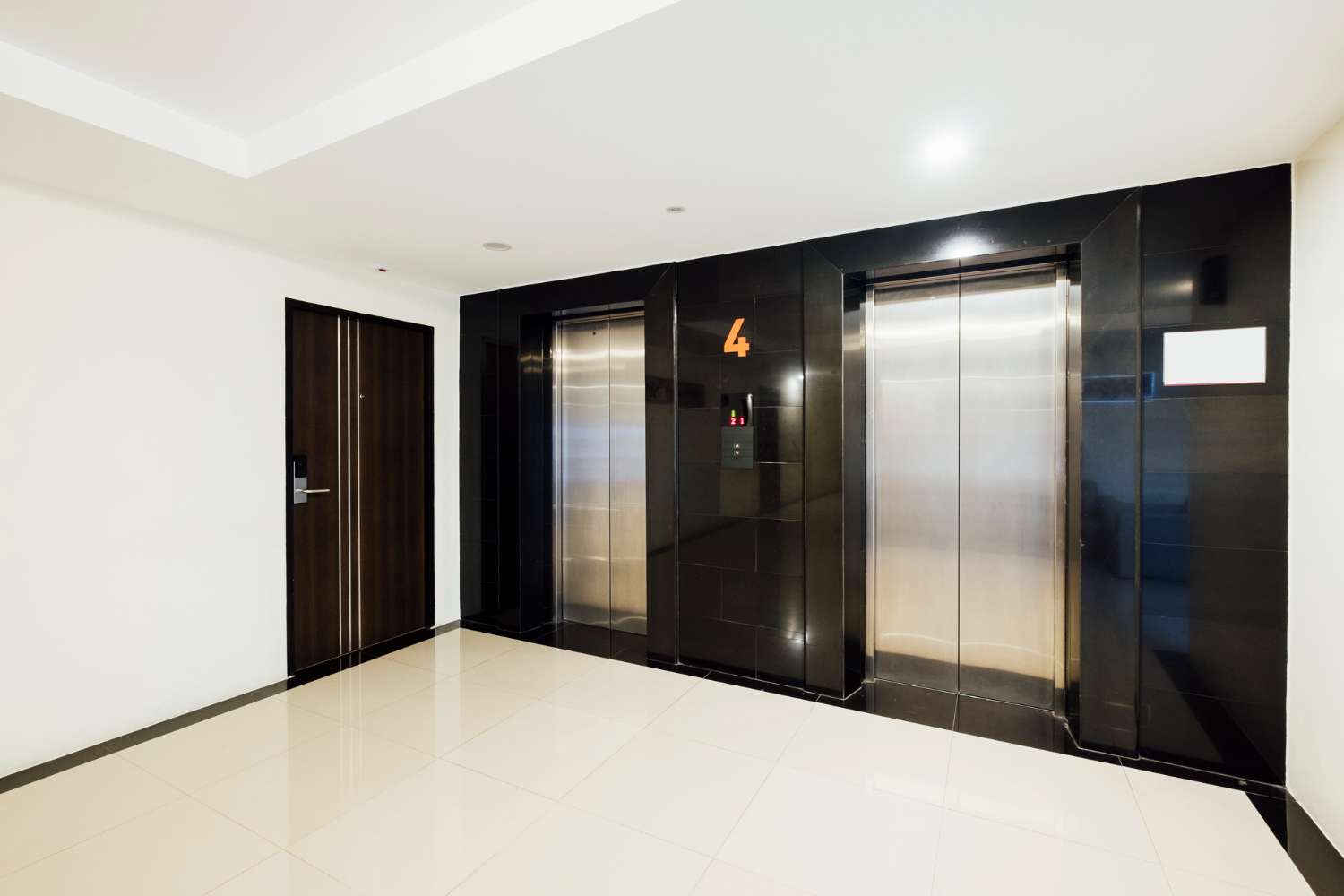

Understanding Different Types of Lifts
Explore the various lift types available for every need.
Lifts come in various types catering to different needs. Passenger lifts are designed for transporting people within buildings. Home lifts provide convenience in residential settings, especially for multi-story homes. Goods lifts are essential for moving heavy items in commercial settings, while car lifts facilitate parking solutions in limited spaces. Hospital lifts are specifically designed to accommodate medical equipment and patients, ensuring safe and efficient transportation. Each lift type is engineered to meet specific requirements, ensuring safety, comfort, and efficiency in their operation.
Key Benefits of Installing Lifts
Discover how lifts enhance accessibility and functionality.
Installing lifts in buildings significantly improves accessibility for all, including the elderly and disabled. They enhance property value and can be a selling point for residential and commercial properties. Lifts also increase the efficiency of moving goods and people, reducing wait times and improving workflow. Additionally, modern lifts are designed with energy efficiency in mind, contributing to lower operational costs. The convenience they provide in daily operations makes them a valuable addition to any building, whether it’s a home, office, or hospital.
Lift Maintenance: Why It Matters
Regular maintenance ensures safety and longevity of lifts.
Regular maintenance of lifts is crucial to ensure safety and reliability. Scheduled inspections and servicing help identify potential issues before they become serious problems, prolonging the lift's lifespan. Maintenance checks include assessing the mechanical and electrical systems, ensuring the lift operates smoothly and safely. It also involves checking safety features like emergency brakes and alarms. Adhering to maintenance schedules not only ensures compliance with safety regulations but also enhances user confidence in the lift system. Investing in regular maintenance can save costs on repairs and replacements in the long run.
Choosing the Right Lift for Your Needs
Guidelines for selecting the ideal lift type for your property.
Choosing the right lift for your property involves assessing various factors including the building's height, usage frequency, and the type of items or people being transported. For residential buildings, home lifts are often preferred for their compact design and ease of use. In commercial settings, passenger lifts are vital for accommodating high foot traffic, while goods lifts are specifically designed for transporting heavy materials. Additionally, consider the lift's capacity, speed, and energy efficiency. Consulting with a professional can help in making an informed decision tailored to your specific requirements.
Frequently Asked Questions
What types of lifts does UTTHAN ELEVATORS offer?
UTTHAN ELEVATORS offers passenger lifts, home lifts, goods lifts, car lifts, and hospital lifts.
How often should lifts be maintained?
Lifts should be maintained at least once every six months to ensure safety and efficiency.
Can I install a lift in my home?
Yes, home lifts can be installed in residential buildings for convenience and accessibility.
What is the process for lift installation?
The installation process includes site assessment, design approval, manufacturing, and final installation.
Are lifts safe for elderly individuals?
Yes, lifts are designed to be safe and accessible for elderly individuals, enhancing mobility.
What factors determine lift capacity?
Lift capacity is determined by the size, intended use, and weight rating of the lift.
How do I choose the right lift for my building?
Consider factors like building height, usage frequency, and the type of transportation needed.
What is the average lifespan of a lift?
With proper maintenance, lifts can last anywhere from 15 to 25 years.
Do you provide custom lift solutions?
Yes, custom lift solutions can be designed based on specific building requirements.
What are the energy efficiency considerations for lifts?
Modern lifts are designed to be energy efficient, reducing operational costs and environmental impact.
